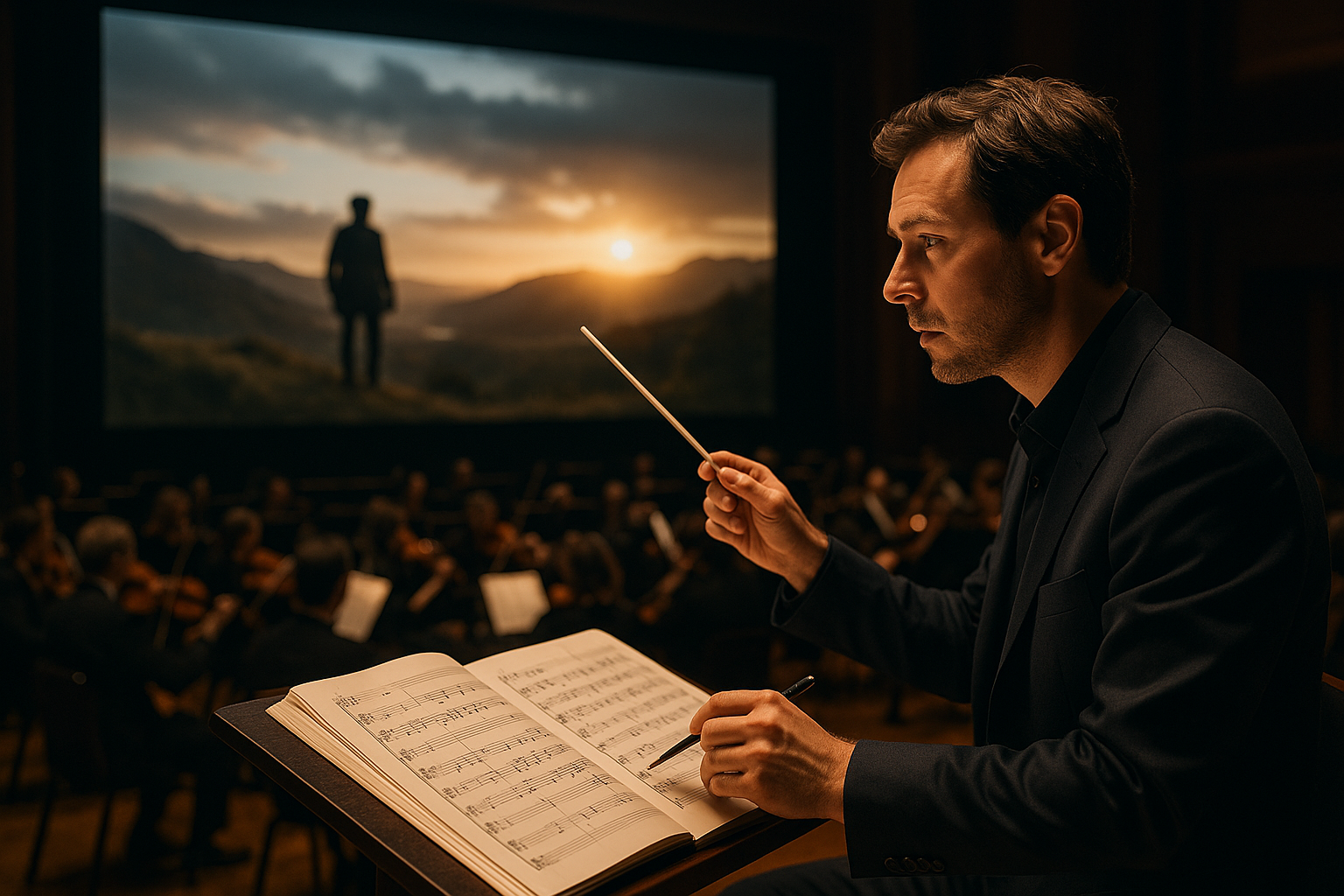How global creative hubs are shaping new cultural experiences
Global creative hubs are reshaping how people encounter culture by blending local traditions with international exchange. Through networks of galleries, performance spaces, festivals, and streaming platforms, these centers expand access and encourage new forms of curation, collaboration, and audience participation across visual and live practices.

Culture and audience evolution
Creative hubs act as focal points where culture adapts and circulates. Institutions and grassroots spaces influence audience expectations by programming diverse exhibitions and cross-disciplinary events. As audiences seek more interactive and accessible experiences, hubs respond with layered offerings that combine visual presentation, film screenings, and participatory formats to make culture more navigable for different communities.
Creativity and collaboration
Collaboration is a defining feature of contemporary hubs: artists, curators, technologists, and producers work together to test formats and share resources. These partnerships foster creativity by enabling experimental projects that might not fit traditional frameworks. Collaborative residency programs and co-produced performances often lead to new models of creation and shared licensing approaches that support sustainable cultural exchange.
Gallery, visual arts, and curation
Galleries within creative hubs model new approaches to curation, balancing historical narratives with contemporary practices. Visual exhibitions increasingly incorporate multimedia and film to reach wider audiences and reflect multidisciplinary production. Curators now often partner with local communities and international peers to present shows that emphasize context, provenance, and public engagement while maintaining accountable curation practices.
Performance, theatre, and festivals
Live performance and theatre remain central to how hubs generate cultural energy. Festivals and seasonal programs concentrate attention, bringing touring ensembles and local companies into dialogue. These events create temporary ecosystems where music, theatre, and performance art intersect, offering varied formats from site-specific presentations to hybrid live-streamed shows that broaden audience reach beyond a single venue.
Streaming, film, and licensing
Streaming platforms and film programs complement in-person activity by extending the lifespan of works and widening access. Hubs now integrate curated streaming as part of exhibition strategies, while negotiating licensing terms that reflect artists’ rights and distribution needs. Thoughtful licensing and platform selection help balance artist compensation with audience accessibility across regions.
Accessibility, music, and community participation
Accessibility is shaping programming decisions across hubs, influencing everything from physical venue design to digital interface choices. Music scenes benefit when hubs support varied performance scales, from intimate showcases to larger concerts, and when organizers prioritize inclusive ticketing and content formats. Community-focused initiatives, including workshops and open rehearsals, help build sustained audience relationships and strengthen local creative ecosystems.
In summary, global creative hubs influence how cultural experiences are produced, presented, and consumed by integrating gallery practices, live performance, film, and digital distribution. Their emphasis on collaboration, adaptive curation, and accessibility creates layered experiences that connect local audiences with wider networks while navigating practical concerns such as licensing and platform choice. As these hubs evolve, they continue to shape the pace and form of cultural exchange across disciplines and regions.





